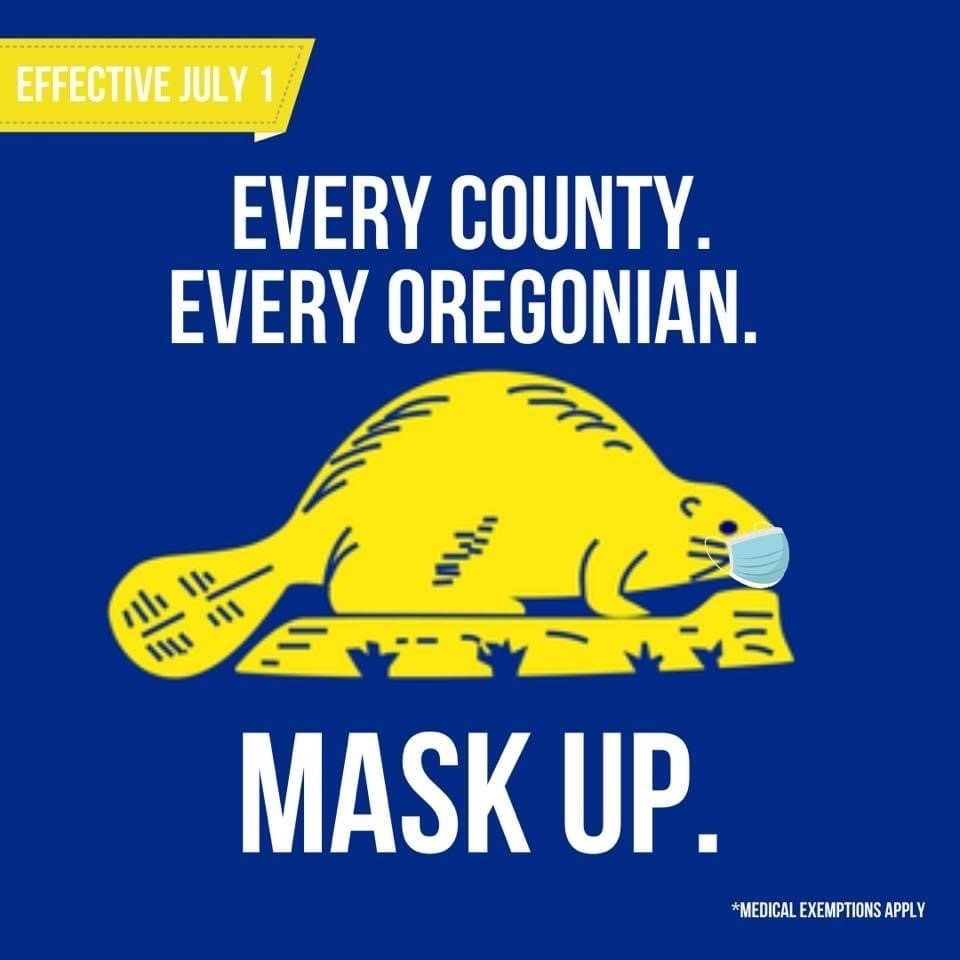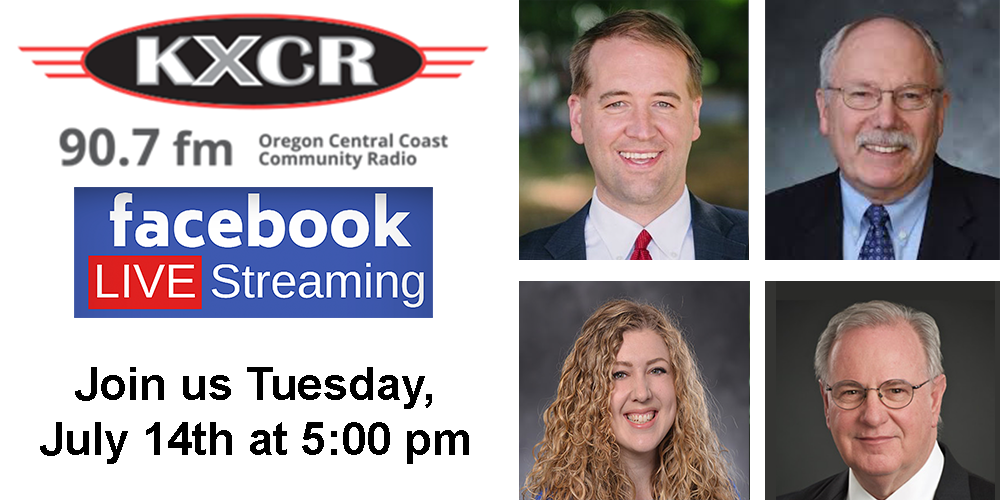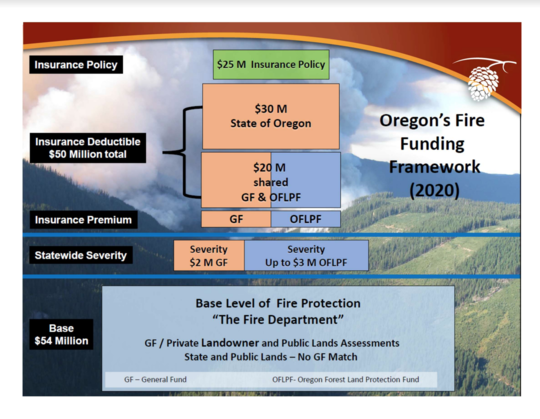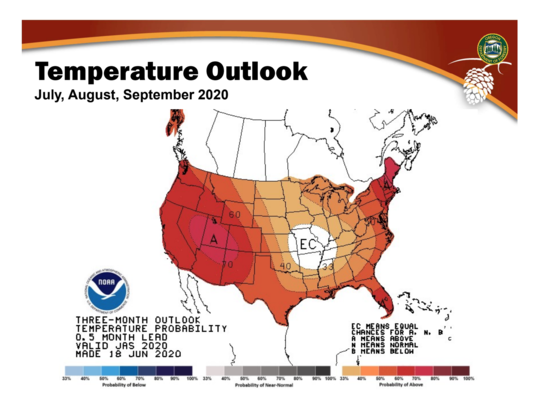 Governor Kate Brown Announces New Requirements for Face Coverings, Limits on Social Get-Togethers to Slow the Spread of COVID-19
Effective July 15, face coverings to be required outdoors, social get-togethers indoors over 10 prohibited
(Portland, OR) — In response to the alarming rise in COVID-19 case counts across Oregon over the last several weeks, Governor Kate Brown today announced new requirements for face coverings and limits on social get-togethers. Effective Wednesday, July 15, Oregon’s face covering requirement will be expanded to apply to outdoor public spaces when six feet of distance cannot be maintained. In addition, indoor social get-togethers of more than 10 people will be prohibited.
The gathering limit applies only to indoor social get-togethers. This new rule does not change the operation of businesses or churches at this time.
Governor Brown noted that failure to comply with the new requirements would lead to more outbreaks of COVID-19 and more restrictive closures with greater impact on Oregon’s economies, communities, health care systems, and families.
A recording of the Governor’s press conference from Monday, July 13, is available here. A full transcript of the Governor’s remarks from Monday, July 13, is available here. Updated face covering and indoor social get-together guidance will be posted to coronavirus.oregon.gov.
 Discussion on Oregon's small businesses and financial resiliency
Recently, Oregon's State Treasurer Tobias Read joined a call to include the Secure and Fair Enforcement (SAFE) Banking Act in any future coronavirus relief package, which would allow licensed cannabis businesses, their employees, and vendors to safely access traditional financial services. Currently, most of these businesses are forced to operate solely in cash.
Join us for the full hour as State Treasurer Read brings us up to speed on what Treasury does daily to help improve the financial security of Oregonians and the resources available to small business owners and those independent owners that are having a hard time getting funds during COVID-19 pandemic. Treasurer Read will also address business access to federal money, bridge loans, grants, or any other direct loans from local government programs.
We will later be joined by State Representative David Gomberg and Jenny Dresler, Legislative and Grassroots Counsel, Oregon State Chamber of Commerce in the second half of the program. Discussion will focus on protection for Oregon's small businesses facing economic disaster during the COVID-19 crisis that followed statewide public health orders.
To learn more join us:
What: KXCR 90.7 FM "Fireside Chats"
When: Tuesday, July 14th
Time: 5:00 p.m. (second half of program)
Live on Twitter and Instagram or tune into on KXCR ttps://www.twitch.tv/kxcr_streaming or Facebook https://www.facebook.com/kxcr90.7/
  Changes after Re-opening
Based on data through July 2nd, the models indicate that transmission has increased since reopening began on May 15th. Specifically, trends in new hospitalizations are consistent with an increase in transmission of 20 percentage points after May 15th, an additional 10 percentage points after May 22nd, followed by a slight waning around June 6th (but still 25 percentage points higher than before May 15th).
The newest modeling report is available here. The updated COVID-19 numbers are available here. As always on Mondays, the new cases and deaths shown at the link include the weekend. The numbers from each day were:
- Saturday: 409 cases, 0 deaths
- Sunday: 332 cases, 2 deaths
- Monday: 280 cases, 3 deaths
“We need to do absolutely everything we can to reduce transmission in ways that do not require us to close down businesses again," said Governor Brown. “The proof here will be in the numbers. Either people will adhere to this requirement and be a positive force for stopping COVID-19, or I will be forced to take more restrictive measures.” “It all depends on you. Your choices determine our future." Governor Brown shared the following facts about COVID-19 in Oregon:
- Oregon reported more cases in the past week than in the entire month of May.
- The last time Oregon had less than 100 cases in a single day was more than a month ago.
- Half of all cases in Oregon are from people under the age of 40 and one third of all cases are from people under the age of 30.
- Currently, people in their 20s and 30s are the most likely group to get sick with COVID-19.
- Two Oregonians in their 30s have died from COVID-19.
Oregon’s Current Fire Activity and Outlook
From Oregon's Chief Fire Protection Officer, Doug Graff
Overall, we have been extremely fortunate in Oregon given the potential for large wildfires across our landscape. To-date, Oregon has experienced 520 fires for 4,436 acres burned. This includes fires and acres burned across all fire jurisdictions in Oregon such as (ODF protected lands, Federal lands, Tribal lands and the Range in southeastern Oregon). On a ten year average for the entire year, we experience 1,983 fires and 517,270 acres burned. We are on track with the numbers of fires but we are currently enjoying a low number of acres burned. See below for Additional Information and Resources
 COVID-19 and Fire Season Readiness
The planning effort to be ready for fire season in the context of COVID-19 has been robust. All aspects of our wildfire response operations, in close coordination with the Office of the State Fire Marshal, have been reworked to include COVID-19 mitigation measures. While wildland firefighters are no strangers to personal protective equipment, additional COVID-19 PPE such as face coverings, cleaning supplies and nitrile gloves will be entirely new this year to the wildfire community. Self-screening for COVID-19 is now a part of our daily routines.
The early release of the Special Purpose Appropriation of $2 million to ODF for COVID-19 provided us with the resources needed for successful mitigation planning and implementation throughout the summer. Through coordination with the Office of the State Fire Marshal, Oregon’s Incident Management Teams will have the ability to add capacity from local fire departments to help manage the health and safety of our firefighters.
More than ever, preventing fires and keeping fires small through early detection and successful initial attack is critically important this year. Aircrafts, along with the 28 aircraft positioned by ODF, place the state in a strong position relative to aircraft availability. As always, when our contracted resources are fully deployed, it is our National Guard that stands ready for service with current agreements and training efforts in place.
Even with our preparation on this front, we recognize that COVID-19 will absolutely complicate an already challenging wildfire environment. Adjusting our local protocols to meet this dynamic situation will be important to mitigate the spread of COVID-19.
 ODF Fire Protection and Large Fire Cost
ODF protects approximately 16 million acres of private and public forest, grazing, and urban interface lands across Oregon. All ODF districts are in fire season, which means restrictions are in place to prevent wildfires across the state. To date on ODF protected lands, we have experienced 267 fires, for a total of 362 acres burned. Our 10-year average to date is 270 fires and 2,236 acres burned. Our initial attack success has been outstanding, along with our extra emphasis on prevention.
Keep Oregon Green is the state’s non-profit wildfire prevention organization and is dedicated to minimizing human-caused fires. Over the 4th of July weekend, where we typically see a rise in wildfire, prevention measures and public awareness helped keep our fire starts and acres burned well below the 10-year average.
Private landowners, forest operators, contractors, rangeland fire protection associations, local fire departments and federal agencies respond to wildfire with ODF on a daily basis. Specifically, I would highlight the availability of local contractors as a major asset. Many states do not have the access to contract resources that we do because a significant portion of national fire contractors are based here in Oregon.
Smoke impacts
Although smoke impacts are limited at this time, as fire season activity increases you can stay up-to-date on smoke levels in your area and statewide on Oregon's smoke blog. City, county, tribal, state and federal agencies coordinate and aggregate the wildfire smoke information for this site.
Additional Information Sources
Thanks all for your interest and support as we engage in this year’s wildfire season. The Department’s mission is clear and we will work closely with all partners, striving to minimize acres burned, resource loss, and cost from wildfires. As always, feel free to contact me or Deputy Chief Ron Graham directly with any questions.
|